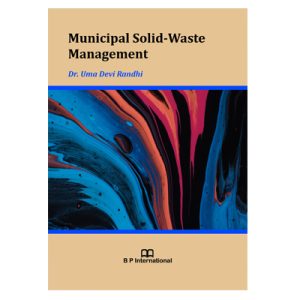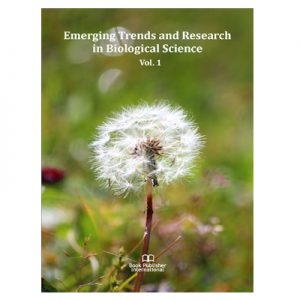Cutinases, also known as cutin hydrolases (EC 3.1.1.74), first discovered from phytopathogenic fungi that grow on cutin as the sole carbon source. Cutin is a complex biopolymer composed of epoxy and hydroxy fatty acids and forms the structural component of higher plants cuticle. Cutinases are serine esterases with a classical Ser-His-Asp catalytic triad that belong to the α/β hydrolase superfamily. It was found to be distinct among the α/β hydrolases, unlike the majority of lipases and esterases, which is able to hydrolyse lipid substrates and, its activity is not activated by interfacial effects-it efficiently hydrolyzes hydrophobic substrates in solution or in emulsions.
Cutinases were identified in the 1960’s and characterized in the early 1970’s. The cutinase from the filamentous fungus Fusarium solani pisi rapidly became a model system for the study of cutinase structure, function and reactivity. There are few studies on bacterial cutinases because of the lack of open reading frames. This book begins by presenting recent progress concerning the detail information of Thermobifida fusca cutinase as one of bacterial cutinases, highlighting the structural characteristics and catalytic activities that distinguish cutinases from related enzymes. Its versatile catalytic abilities led to it was potentially useful for a variety of industrial applications.
In this book, four sections (Total 11 chapters) are organized by our groups, which summarizes identification, modification, preparation and application of T. fusca cutinase. Section 1 (chapter 1 and 2) that edited by Ling Qia Su and Sheng Chen reviews identification and characterization of cutinase. Section 2 (chapter 3 and 4) that edited by Wei Xia and Kang Zhang focuses on structure activity relationship and molecular modification of cutinase. Section 3 (chapter 5, 6 and 7) that edited by Ling Qia Su, Zheng Fei Yan, Lei Wang and Yan Huang introduces preparation of cutinase by overexpression and its fermentation strategy. Section 4 (chapter 8, 9, 10 and 11) that edited by Zhan Zhi Liu, Zheng Fei Yan and Wei Xia enumerates some cases about application of cutinase as natural green friendly methodology in textile, papermaking and ester synthesis industry.
Special thanks are due to our group, without whose constant efforts the volumes could not be published. We believe that we have tried our best to draw a more comprehensive atlas for the development of cutinase. We also wish to thank everyone involved in making this book possible and hope that it will become a tool equally useful to researchers, industrialists and students.





